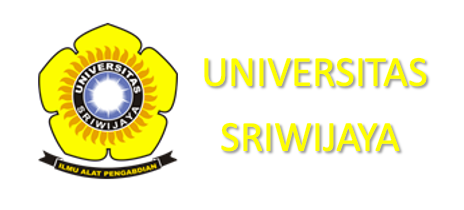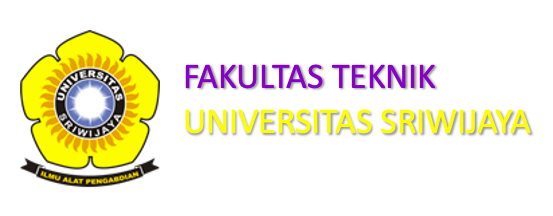LINGKUNGAN PENGENDAPAN FORMASI SAWAHTAMBANG DAERAH TANAH BATU, KABUPATEN SIJUNJUNG, PROVINSI SUMATERA BARAT
Abstract
ABSTRAK: Formasi Sawahtambang memiliki peran penting di cekungan Ombilin sebagai formasi yang berpotensi sebagai reservoir minyak. Pemodelan lingkungan pengendapan batupasir formasi Sawahtambang di daerah Tanah Batu, Sijunjung Sumatera Barat ini dapat memberikan gambaran studi analog reservoir berdasarkan kajian litofasies dan elemen arstitekturnya.Metode penelitian mencakup observasi empirik di lapangan melalui pengamatan singkapan- singkapan batupasir formasi Sawahtambang.Posisi singkapan yang terbagi dalam segmen yang ditentukan, kemudian memberikan profil stratigrafi berdasarkan penampang geologi. Selanjutnya, kajian atas asosiasi litofasies memberikan interpretasi proses dan model lingkungan pengendapannya. Hasil penelitian dari dua segmen, yakni segmen Tanah Batu dan Sungai Tuo menunjukkan pola penumpukan sedimen yang menghalus keatas (finning-up succession) berdasarkan karakteristik batupasirnya. Kedua segmen menunjukkan karakteristik batupasir yang sama, yakni kehadiran 4 (empat) litofasies, yaitu planar cross-bedded sandstone, through cross-bedded sandstone, horizontal laminated sandstone, serta sandstone with scour fills. Ketebalan batupasir dari prosesnya terjadi karena dua kondisi. Pertama, kehadiran litofasies sandstone with scour fills yang menggerus litofasies lainnya seperti yang terjadi pada kedua segmen. Hal ini menunjukkan bahwa terbangun elemen arsitektur channel.Endapan channel yang ditumpuk oleh endapan channel di atasnya menunjukkan amalgamated channel sandstones. Kedua, proses penebalan batupasir tanpa bukti gerusan yang jelas, namun telah menunjukkan adanya perubahan lateral shifting dari endapan channel. Kehadiran dari litofasies trough cross - bedded sandstone yang terletak di atas horizontal laminated sandstone pada bagian atas dari segmen Sungai Tuo menunjukkan buktinya.Artinya penumpukan tersebut menunjukkan elemen arsitektur berupa sandy bedform yang saling menumpuk. Berdasarkan proses di atas, maka interpretasi lingkungan pengendapannya adalah sungai teranyam (braided river) dengan pengendapan purbanya relative kearah Tenggara.
Kata Kunci: Litofasies, Elemen Arstiektur, Amalgamated Channel, Sungai Teranyam
ABSTRACT: Sawahtambang Formation has an important role in the Ombilin Basin as a potential formation as an oil reservoir. Modeling of the Sawahtambang formation sandstone depositional environment in the Tanah Batu area, Sijunjung, West Sumatra can provide an overview of analog reservoir studies based on lithofacies study and its architectural elements. The research method includes empirical observations in the field through observations of sandstone outcrops of the Sawahtambang formation. which is determined, then gives a stratigraphic profile based on a geological cross section. Furthermore, a study of the lithofacies association provides an interpretation of the process and its depositional environment model. The results of the study of two segments, namely the Tanah Batu and Tuo River segments show a pattern of sediment buildup that smoothes upward (finning-up succession) based on its sandstone characteristics. Both segments show the same sandstone characteristics, namely the presence of 4 (four) lithofacies, namely planar cross-bedded sandstone, through cross-bedded sandstone, horizontal laminated sandstone, and sandstone with scour fills. The thickness of the sandstone from the process occurs due to two conditions. First, the presence of lithstone sandstone with scour fills which crushes other lithofacies as happened in both segments. This shows that the channel architectural elements are built. The deposited channel stacked by the deposited channel above shows amalgamated channel sandstones. Second, sandstone thickening process without clear scouring evidence, but has shown a lateral shifting of channel deposition. The presence of cross-bedded sandstone lithofacies through the horizontal laminated sandstone on the upper part of the Tuo River segment shows the evidence. in the form of sandy bedform which overlap each other. Based on the above process, the interpretation of the depositional environment is the braided river with its ancient depositional relative to the Southeast.
Kata Kunci: Litofacies, Architectural Elements, Amalgamated Channel, Braided River





